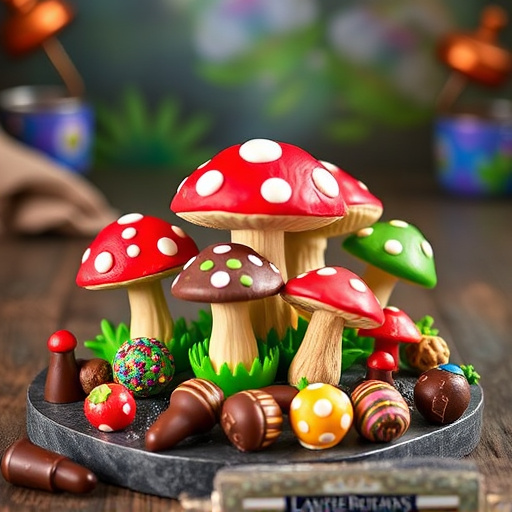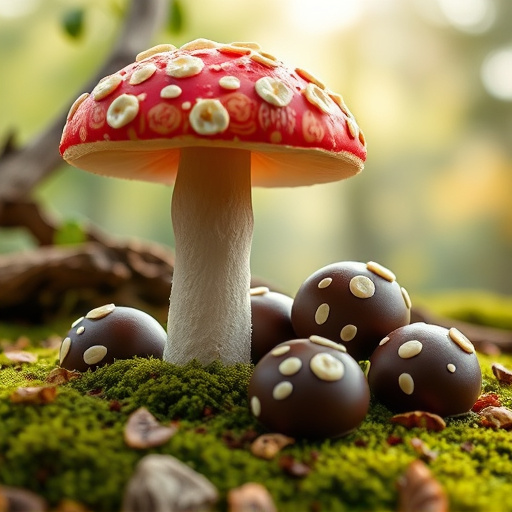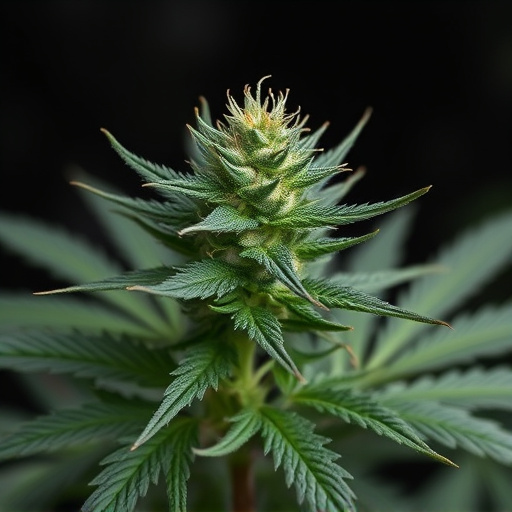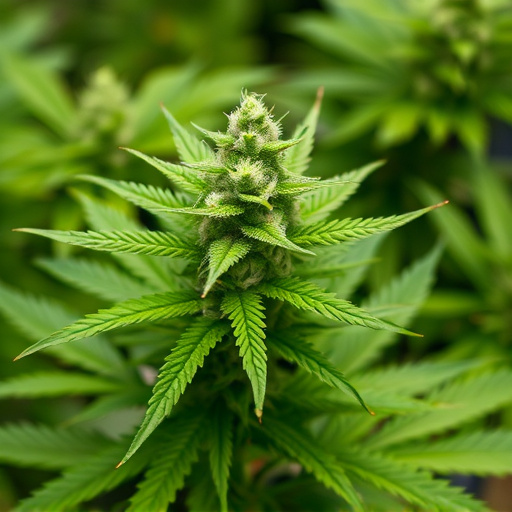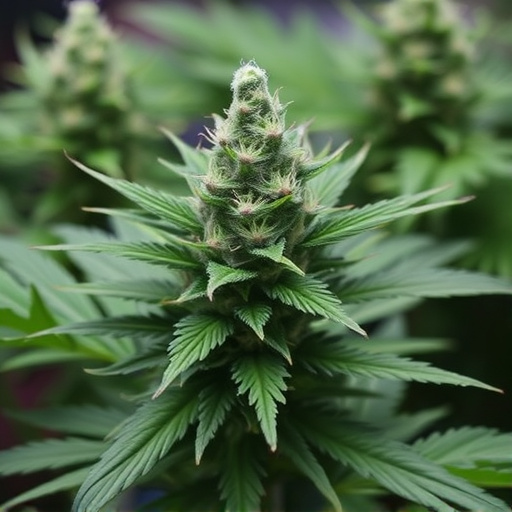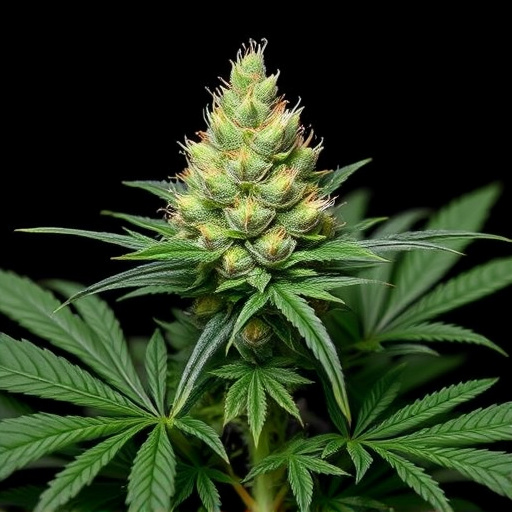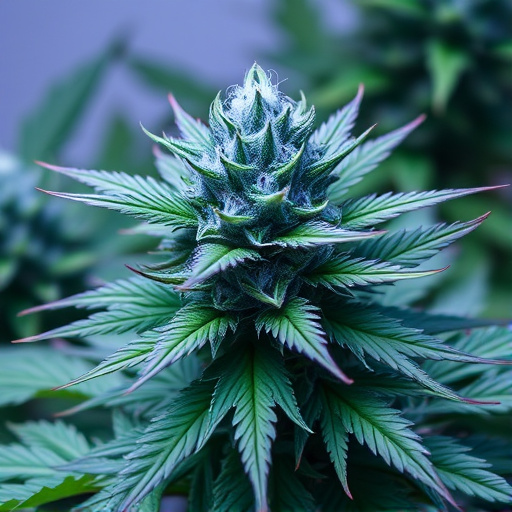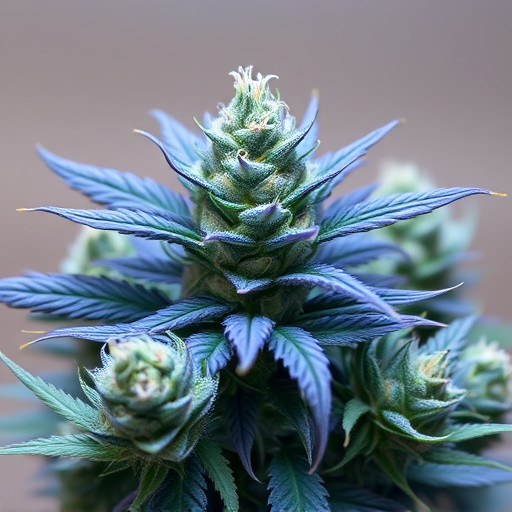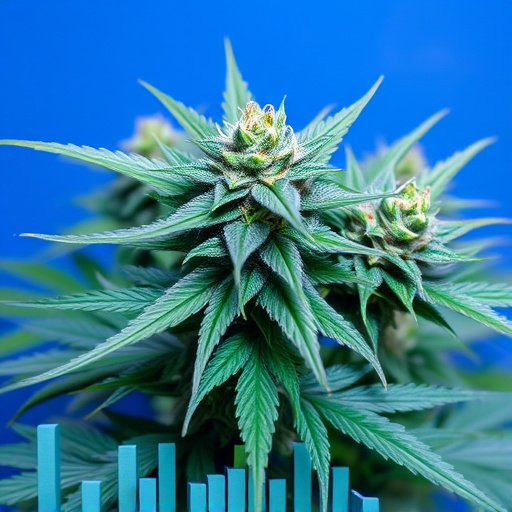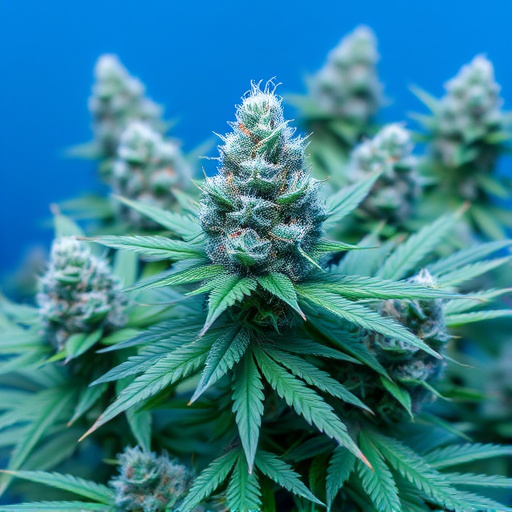Blue marijuana strains are renowned for their distinct aromas and flavors, attributed to specific terpenes like myrcene, limonene, and linalool. These aromatic compounds interact with our olfactory system, triggering memories and emotions and enhancing or altering the cannabis experience. Blue strains' unique terpene profiles—including myrcene, limonene, pinene, and linalool—create diverse scent profiles, catering to users seeking tailored mood-altering effects.
Terpenes, the aromatic compounds responsible for the distinct scents of blue marijuana strains, play a pivotal role in shaping the user experience. This article delves into the intricate world of terpenes, exploring how they contribute to the unique aromas and diverse sensory profiles within cannabis varieties. From understanding the chemical composition to unraveling their impact on smell and mood, we’ll uncover the secrets behind the captivating scents that make blue marijuana strains so compelling.
- Understanding Terpenes: The Key to Blue Marijuana Strains' Aromas
- How Terpenes Impact the Sense of Smell and User Experience
- Unveiling the Secrets Behind Unique Scent Profiles in Cannabis Varieties
Understanding Terpenes: The Key to Blue Marijuana Strains' Aromas
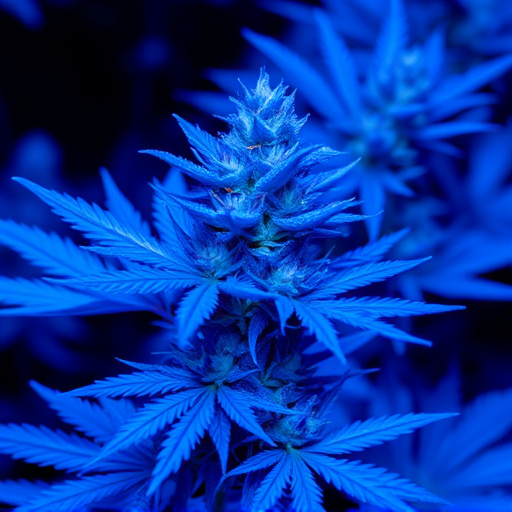
Terpenes, often referred to as the “aromatic molecules” in cannabis, play a pivotal role in shaping the distinct scents and flavors associated with different marijuana strains. These volatile compounds are produced naturally by the cannabis plant and contribute significantly to the unique character of blue marijuana strains. Each terpene offers its own sensory profile, ranging from citrusy and floral notes to earthy and spicy nuances.
When it comes to blue marijuana strains, specific terpenes like myrcene, limonene, and linalool are particularly prominent. Myrcene is known for its earthy and musky aroma, often described as reminiscent of berries or pine. Limonene, on the other hand, imparts bright citrusy scents, evoking feelings of freshness and uplift. Linalool adds floral and lavender-like notes, promoting a sense of calmness and relaxation. The combination and relative concentrations of these terpenes in blue strains create their signature aromas, making them so appealing to cannabis enthusiasts.
How Terpenes Impact the Sense of Smell and User Experience
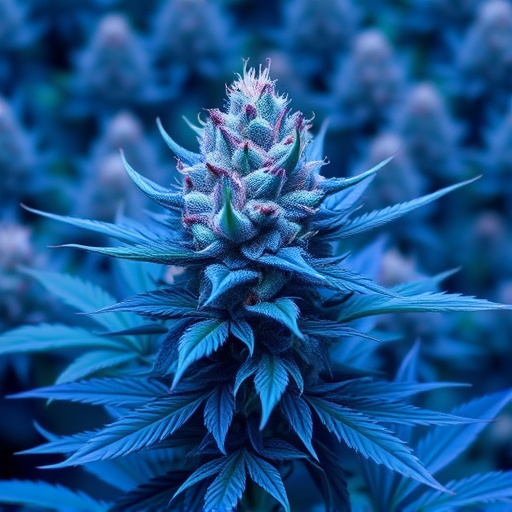
Terpenes, the aromatic compounds responsible for the distinctive scents of blue marijuana strains, play a pivotal role in shaping the user experience. They interact with our olfactory system, engaging specific receptors that trigger memories and emotions associated with smell. This interaction goes beyond mere detection; terpenes can enhance or alter the perceived effects of cannabis, creating unique experiences tailored to individual preferences.
For instance, myrcene, a common terpene in many blue strains, is known for its earthy, musky scent and has been linked to relaxation and sedative effects. Conversely, limonene, present in citrusy strains, offers a refreshing aroma with potential uplifting and energizing properties. This sensory-cognitive connection underscores the importance of terpenes in creating diverse cannabis experiences, catering to users seeking specific mood-altering qualities.
Unveiling the Secrets Behind Unique Scent Profiles in Cannabis Varieties
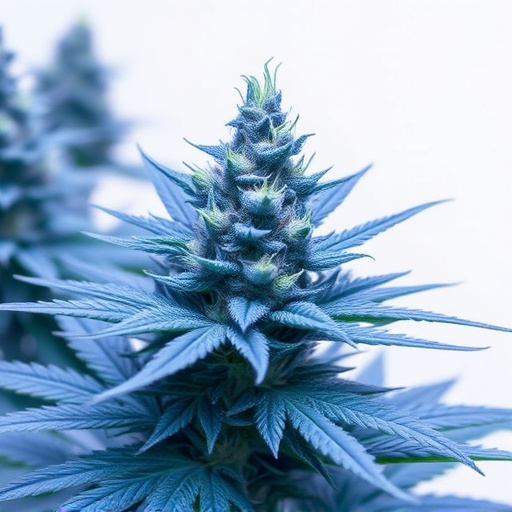
The world of cannabis is a captivating one, especially for those who appreciate its diverse aromas and unique scent profiles. Each marijuana strain boasts its own distinct character, thanks to the intricate interplay of numerous chemical compounds, with terpenes playing a pivotal role in shaping these scents. These aromatic molecules are responsible for the diverse and often complex odours associated with different cannabis varieties, including the popular blue marijuana strains.
Blue marijuana strains, known for their vibrant hues and potent effects, have garnered significant attention among enthusiasts and researchers alike. The secret behind their captivating scent lies in the specific terpene profiles they possess. Terpenes are volatile organic compounds produced by plants, acting as natural pesticides and attracting beneficial insects while also contributing to the plant’s overall fragrance. In cannabis, myrcene, limonene, pinene, and linalool are some of the most prevalent terpenes, each imparting distinct aromas ranging from earthy and musky to citrusy and floral. When these terpenes combine in various ratios, they create the unique scent profiles that differentiate one blue marijuana strain from another, offering a truly personalized sensory experience for cannabis enthusiasts.
